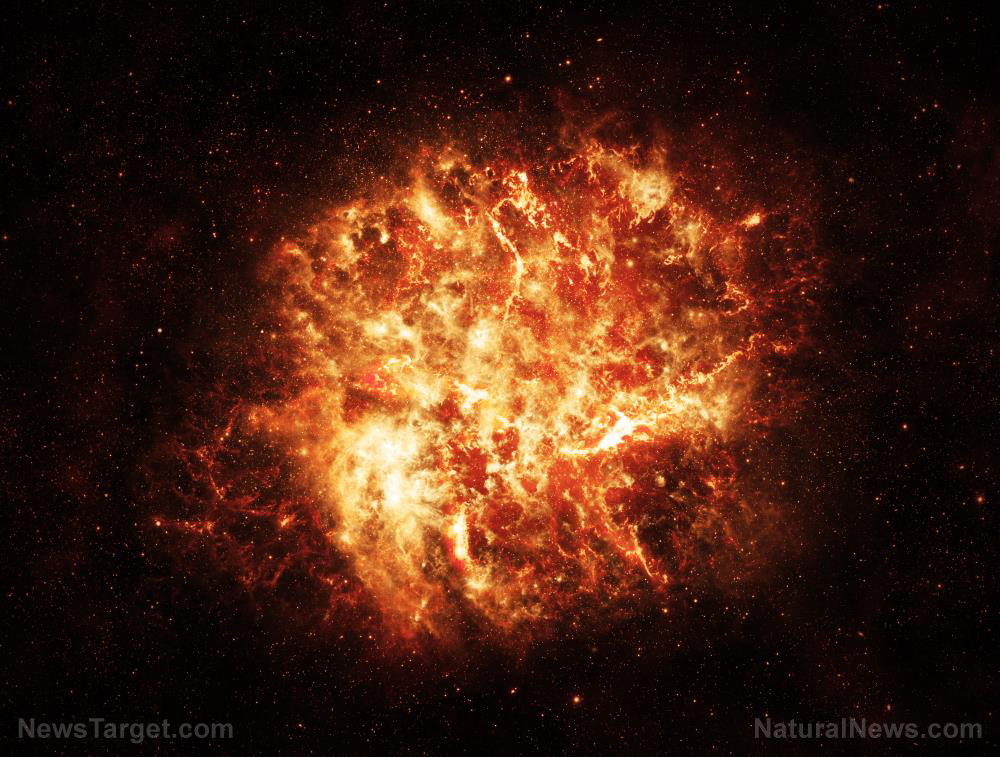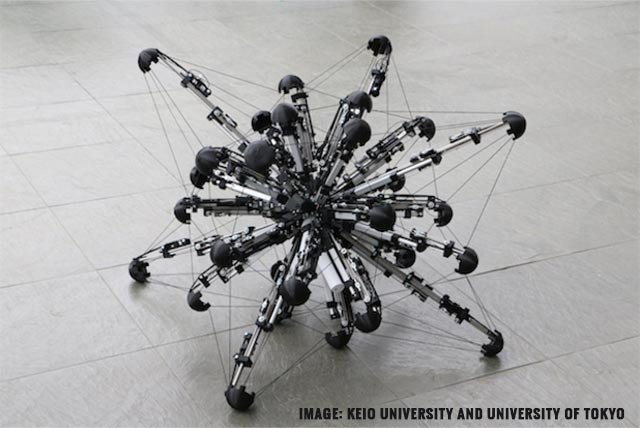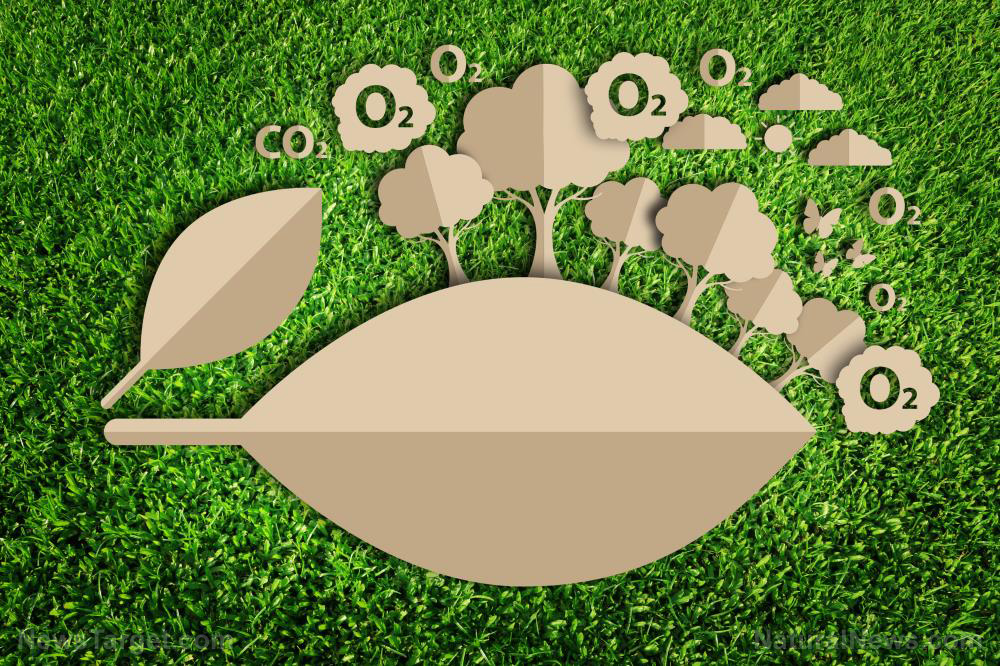Some supernova explosions produce large quantities of manganese and nickel
12/14/2018 / By Edsel Cook

Much of the iron, manganese, and nickel found in the universe come from a specific type of supernova. This supernova starts out as a white dwarf star in a binary system. The carbon-oxygen star detonates right before it reaches the maximum amount of mass it can control.
This maximum mass value is called the Chandrasekhar mass. Also known as the Chandrasekhar limit, it is calculated to be 1.44 times the mass of our own Sun.
A white dwarf that reaches this mass will lose stability. In a binary system, this white dwarf orbits a companion star, and the resulting thermonuclear fusion reaction is called a Type Ia supernova.
These exploding stars produce the majority of the iron peak elements, which has chromium and cobalt in addition to the three mentioned above. The supernovas also produce silicon, sulfur, and several other elements of intermediate mass.
Researchers are still arguing over the specific type of binary systems that force a white dwarf to go all supernova, much less this particular kind. (Related: Supernova, resurrected: Scientists are puzzled by “the star that wouldn’t die”.)
In death, supernovas give birth to new elements
New studies have shown that Type Ia supernovas and their corpses generate all kinds of nucleosynthesis products. The thermonuclear fusion of older nuclei produced new nuclei such as such as manganese, stable nickel, and radioactive nickel isotopes.
A research team from the Kavli Institute for the Physics and Mathematics of the Universe (Kavli IPMU) used the latest information on the multi-dimensional hydrodynamics of these supernovas to create computer models. They looked at the effect of white dwarf stars and their component elements on the abundance of certain chemicals and the atomic nuclei produced from earlier elements.
“The most important and unique part of this study is that this is so far the largest parameter survey in the parameter space for the Type Ia supernova yield using the Chandrasekhar mass white dwarf,” remarked researcher Shing-Chi Leung, the leader of the study.
For their study, they focused on 3C 397, the corpse of a Type Ia supernova found nearly 18,000 light-years from the center of the Milky Way’s galactic disk. This supernova remnant displayed much higher abundance ratios of stable manganese/iron and nickel/iron than those found in our Sun.
The remains of a massive, metallic white dwarf star
The Kavli IPMU researchers noticed that the abundance ratio of iron, manganese, and nickel depended on two factors: One was the mass of the star; the other was metallicity, or the concentration of elements in the star that weren’t hydrogen or helium.
Based on their simulations, 3C 397 could not have been a white dwarf star with a mass far below the Chandrasekhar limit. Neither could it have resembled its neighboring stars, almost all of which showed low metallicity.
The only way the remnant could contain so much peak iron elements is if its original form possessed high metallicity and a mass that bordered on the Chandrasekhar mass. It would be more massive than our Sun and contain high levels of non-hydrogen, non-helium elements.
The findings of this study may very well determine the debate regarding the mass of a white dwarf star when it undergoes a Type Ia supernova event. Furthermore, it could help researchers who are studying the chemical changes of galaxies that display different levels of metallicity. Finally, it would provide a basis for future computer models on super-solar metallicity.
Leung and his teammates are refining their model. They believe it can simulate a related type of Type Ia supernova.
For more out-of-this-world news about white dwarf stars that go supernova, visit Cosmic.news.
Sources include:
Tagged Under: astronomy, atoms, Chemistry, elements, exploding stars, Galaxies, iron, Manganese, metals, nickel, physics, space exploration, Stars, supernova, thermonuclear fusion, Type Ia supernova, white dwarf star



















